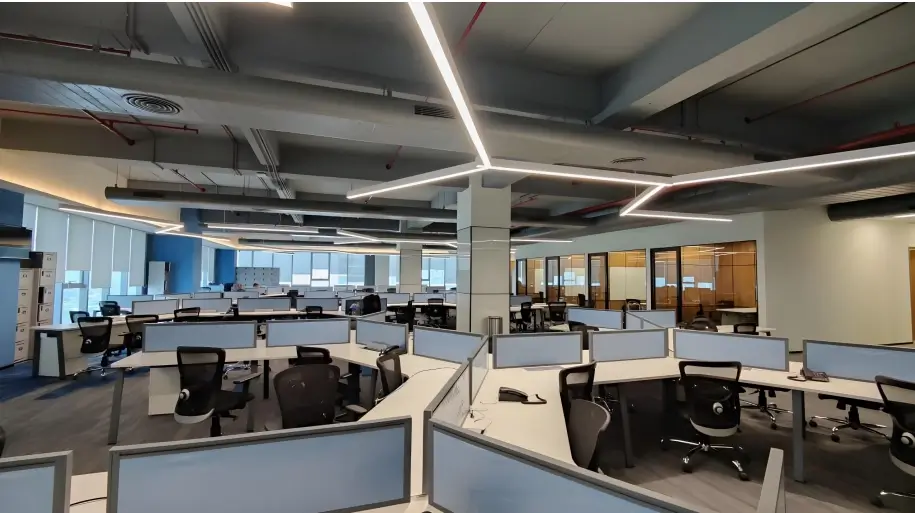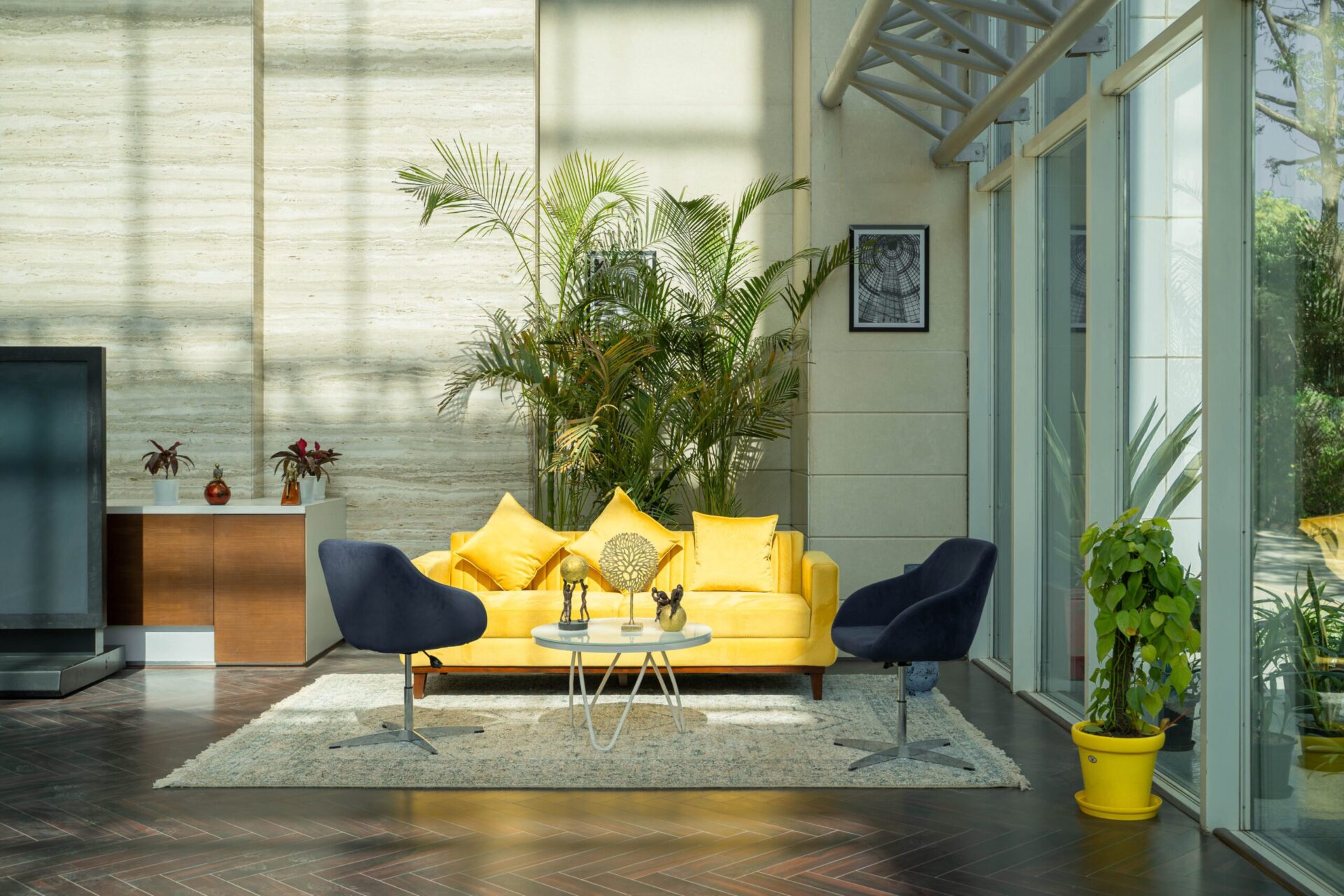A well-designed workspace is more than a new look, for it immediately affects the employees’ productivity, motivation, and job satisfaction. Creative office interiors have now become an essential aspect of forming a company’s culture while at the same time facilitating an innovation-friendly environment characterized by teamwork and efficiency.
An effective workspace strikes a balance between comfort, creativity, and functionality. With businesses embracing hybrid and flexible work models, office designs must be adaptable without compromising inspiration. Whether designing a startup office, corporate headquarters, or co-working space, a thoughtfully crafted interior can enhance workplace efficiency and employee well-being.
This article delves into essential elements of creative office design, the impact of various layouts on productivity, and budget-friendly strategies to transform office spaces into dynamic and inspiring environments.
The Fundamental Elements of Creative Office Interior Design
1. Flexible Workspaces That Foster Creativity
Modern office design moves away from rigid cubicles and closed-door offices, providing flexibility for employees to work in different settings based on their tasks. This includes:
- Open-Concept Layouts: Encouraging teamwork and communication while maintaining balance with quiet zones.
- Activity-Based Workstations: Designated areas for brainstorming, solo work, team meetings, and relaxation.
- Modular & Movable Furniture: Allows easy reconfiguration to adapt to various needs.
- Hot Desking & Co-Working Areas: Encouraging dynamic work environments for hybrid employees.
These adaptable layouts cater to different work styles and promote spontaneous creativity while reducing workspace monotony.
2. Ergonomic and Functional Office Furniture
Ergonomic office furniture is crucial for employee comfort and productivity.
- Standing Desks and Adjustable Workstations: Reduce strain from prolonged sitting and improve posture.
- Ergonomic Chairs with Lumbar Support: Minimize back pain and improve overall well-being.
- Flexible Seating: Includes couches, bean bag chairs, and collaboration pods.
- Minimal Clutter Desks: Foster a clean environment for enhanced focus.
3. Color Psychology and Its Impact on Workplaces
The right colors can influence mood, energy, and creativity.
- Blue & Green: Promote concentration and calmness.
- Yellow & Orange: Boost creativity and energy.
- Red: Encourages urgency but should be used sparingly.
- Neutral Tones: Maintain a balanced and minimalist look.
A strategic mix of colors can help create a visually stimulating yet relaxing office atmosphere.
4. Bringing Nature Indoors with Biophilic Design
Biophilic office design is an innovative trend that integrates natural elements into the workspace, promoting mental well-being and increasing productivity. Studies show that employees working in offices with natural elements report lower stress levels and higher job satisfaction. For this do review LEED certification for sustainable office design.
- Living Green Walls: Improve air quality and aesthetics.
- Natural Wood & Stone Finishes: Create a warm ambiance.
- Indoor Plants & Vertical Gardens: Reduce noise pollution and improve focus.
- Large Windows & Skylights: Enhance natural lighting.
5. Office Lighting and Smart Technology for Efficiency
Lighting and technology enhance workplace efficiency.
- Natural Light Optimization: Reduces reliance on artificial lighting.
- Smart LED Lighting: Adjustable brightness for different tasks.
- Tech-Integrated Workspaces: Features like wireless charging and smart desks.
- Acoustic Panels & Soundproofing: Minimize distractions in open layouts.
6. Motivational Office Interior Design Themes
Office themes reflect company personality and enhance creativity.
- Minimalism & Futurism: Clean lines and uncluttered beauty.
- Industrial & City: Exposed brick walls and open ceilings.
- High-Tech & AI-Driven: Advanced office solutions.
- Nature-Inspired & Biophilic: Sustainable design elements.
- Playful & Quirky: Google-style spaces with slides and interactive features.
7. Budget-Friendly Ways to Enhance Your Office Space
Transform office spaces cost-effectively.
- DIY Office Décor: Custom murals and signage.
- Repurposed Furniture & Upcycled Materials: Sustainable and budget-friendly.
- Multi-Functional Furniture: Maximizes space efficiency.
- Creative Lighting & Mirrors: Creates an illusion of space.
Conclusion
The future of creative office interior design revolves around flexibility, technology, and sustainability. Evolving business needs come hand in hand with new changes that want to shift companies more into hybrid working models, into digital integration, and lastly, the office as the well-being of their employees.
Smart furniture, biophilic design features, and intelligent technology will all turn workplaces into innovation-driven environments designed to propel creativity and cooperation. Whether designing for a new startup office or refurbishing an old one into a corporate workspace, a well-planned office interior would create a magical effect of better employee engagement and even business success.Do read The impact of office design on productivity
Such investment in an inspiring workplace cannot be viewed as a cost-not even in times of burgeoning competition and the need for such companies to create a niche for themselves in their respective markets.
FAQs
A combination of flexible workspaces, ergonomic furniture, Good lighting, color psychology, and biophilic design will enhance creativity and productivity.
A well-designed office is a stress-reducing workspace. It enhances focus and teamwork and hence leads to overall productivity.
DIY decorations, upcycled furniture, and strategic use of lighting can significantly improve aesthetics without a high budget.
Absolutely. Position collaboration corners away from main workstations or use subtle dividers. This separation minimizes disturbances while still providing space for teamwork.
Blue and green for focus, yellow and orange for creativity, and neutral tones for a clean, professional atmosphere


